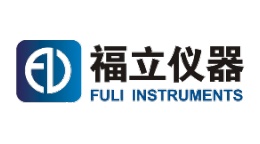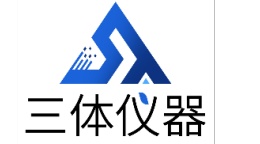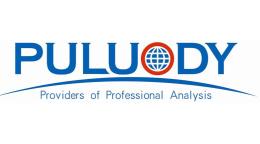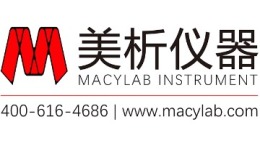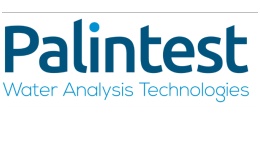方案详情文
智能文字提取功能测试中
EVERACE929HOTCHKISS ET AL.: ]. 人SSOC OFF. ANAL. CHEM. (VOL.64. NO. 4. 1981] 000L-5756/81/640-0929/0451.00C Assocusioonof OtticialAnayuica Chemests Inc FOOD ADDITIVES Rapid Method for Estimation of N-Nitrosodimethylaminein Malt Beverages IOSEPH H.HOTCHKISS, DONALD C. HAVERY, and THOMAS FAZIOFood and Drug Administration,Diusion of Chemistry and Physics, Washington, DC 20204 A new, rapid column elution method is described forthe estimation of N-nitrosodimethylamine in maltbeverages. Recoveries for N-nitrosodimethylamineand N-nitrosodipropylamine fortified st 5 ppb av.eraged 90 and 91%, respectively. 人 study of 20 dif-ferent malt beverages showed that the resuts obtinedwith this method compared favorably with thoseobtained by a direct distillation procedure. Reports in 1978 that a majority of beers availablein West Germany contained traces of N-nitro-sodimethvlamine (NDMA) have stimulated anumber of investigations into the presence ofthis animal carcinogen in malt beverages (1).Spiegelhalder et al.(2) estimated that 64s of aWest German male's dietary exposure to NDMAis from consumption of beer. SubsequentTe-ports have indicated that a majoritv of malt bev-erages, regardless of origin, contain NDMA.These findings have prompted the US. rood andDrug Administration (FDA) to establish a regu-latorv action level of >5 ppb NDMA in maltbeverages. Nearlv all recent analytical methods have useda gas chromatographic-thermnal energy analyzer(GC-TEA) for detection and quantitation dNDMA in malt beverages. A variety of procedures have, however,been used to isolate volatilenitrosamines from malt beverages.Spiegelhalder et al. (1) vacuum-distilled beer, parti-tionedthe distillate with dichloromethane(DCM), and concentrated the solvent in a Ku-derna-Danish (K-D) evaporative concentrator.Walker et al. (3) directly extracted alcoholicbeverages with DCM, then centrifuged the ex-tract and concentrated it in a K-D apparatus.Goff and Fine (4) used liquid-liquid partition ofbeers in a commercial apparatus specially designed for nitrosamines (Preptube) followed byconcentration in a K-Dapparatus. Scarlan et al.(5) analyzed several US.-produced beers by steam distillation followed by extraction of the ( ’ Presen: address: Corell Universiry, D epartment of Food Science . lthaca. NY14853 R eceivec N ovember 3 . 1980. Acceptec D e cembe: 2 二 . ) 1980.Presented at the 94th Annual Meeting of the AOAC. Oci ( 20-23.196C.at Washingron.DC ) distillate with DCM. Sen et al. (6) vacuurn-dis-tilled beers in a flash evaporator after addingaqueous base, then extracted the distillate withDCM, washed it, and concentrated it in a K-Dapparatus.We surveved a large number of do-mestic and imported beers by using an atmo-spheric distillation in which the malt beveragewas first saturated with solid Ba(OH)(7). and theaqueous distillate was then extracted with DCMand concentrated in a K-D apparatus. While al]these procedures appear workable, none com-pletely suited our need for producing acceptabledate with speed, simplicity, and efficiency. We report here a simple method which pro-duces data comparable to our previous method(7) in less time and with less operator involvement. The method is similar to that used bvFiddler et al. (USDA (1980), private communj-cation) for the determination of nitrosopyrroli-dine in tned bacon. MBTHee (b) Dichloromethane (DCM).-Glass-distilled(Burdick and Jackson Laboratories, Muskegon.M1 49442). (c) Sodium sulfate.-Anhydrous granular, re-agent gradee (Mallinckrodt Inc., Paris, KY40361). (d) Ethamol.-Anhvdrous (National Distillersand Chemical Corp., New York,NY 10016). (e)N-Nitrosodimethylamine (NDMA).-Seriallydilute previously prepared stock solution (Zmg/mL) to working standard (0.5ug/mL)withDCM. (f) N-Nitrosodipropylamine (NDPA).-Seriallydilute previously prepared stock solution to 025ug/mL with anhydrous ethanol. (Caution:NDMA and NDPA are potent animal carcino-gens and must be handled appropriately.) (g) Boilims chips.-Carborundum, small size (o:equivalent). Ensure absence of positive Tesponses for eachnew lot of reagent by running blanks. Use 25mL4S.ethanol in distilled (not deionized)waterin place of malt beverage. Apparatus- (a) Chromatographic column.-Glass,28 mum id× 400 mm long with stopcock. (b)Euaporative concenfrotor.-Kuderna-Dan-ish, 250 mL with 4 mL concentrator tube ands-ball distilling column (Kontes Glass, Vineland.N]08360, K-503000-0121, K-570001-0250, K-570050-425). (c) Tamping rod.-19 mm diameter disc. (d) Glass toool.-Pyrex or equivalent. (e) Gas chromatograph-thermal energy an0-luzer.-Hewlett-Packard Model 5710A GC in-terfaced to a TEA Model 502L. Instrumentalconditions:2.7 m × 4 mm id glass columnpacked with 10% Carbowax1540 and 5% KOHon 100-120 mesh ChromosorbWHP; carrier gas,argon, 40 mL/min; temperatures (°C).injector200, column150,TEA furace 450; pressure 1.2torr;liouid nitroger cold trap. Thoroughly clean all glassware, including achromic acid rinse, before each analysis. Determination Weigh 25.0±0.1 g malt beverage into tared600 mL beaker. Add 125 ng (0.5mL)NDPA and25 g Celite. Stir mixture until uniform (ca 30 s).Mixture will not pour but will appear light andfluffv. Place small glass wool plug in bottom ofcolumn and cover with 20 g Na2SO4. Placetamping rod and powder furnel in colurn withend of the tamping rod extending through fun-ne! opening. With spatula. load beer-Celitemixture into column and tamp mixture, a littleat a time, to depth of 8-10 cm. Add 75 mL DCMto beaker, swirl with spatula,and pour throughfunnel before removing tamping rod. Adjuststopcock so DCM flows at rate of 1-2 mL/mirinto K-D flask fittec with 4 mL concentrator tube.Le: column run dry. Approximately 35 mLDCM will be recovered. Add 3 small boiling chips, fit K-D with dis-tilling column, and concentrate DCM to ca 4 mLin 60°C water bath. Let column drain and fur-ther concentrate DCM to 1.0 mL under stream ofnitrogen at ambient temperature. Make dupli-cate 8 uL injections into GC-TEA and quantitateany peaks with proper retention times against Table 1. Recovery of NDMA and NDPA fromberet splked at 5 ppb Run Nc NDMArec..% NDPLrec..% Range 85-95 87-96 90.0 91.2 2.95 SD 2.91 Results and Discussion To determine the percent recovery of the col-urn elution method, 125 ng each of NDMA andNDPA were added to 25 g beer which had givena negative response for nitrosamines (Table 1),and the spiked samples were analyzed by theprocedure. Average NDM.A and NDPA recov-eries were 90 and 91%,respectively. The recovery of NDMA reported here is thesame as that obtained by an atmospheric distil-lation technique (7) and 19% higher than thatreported for a vacuum distillation method (6).Scanlan et al. (5) reported an NDMA recovery ofapproximately 75% for a steam distillationmethod, and Goff and Fine (4) obtained recov-eries ranging from 45 to 62%, using the Preptubemethod. To investigate the linearity of the assay overthe range ofNDMA concentrations expected, ablank beer was spiked with NDMA and NDPAat 6 concentrations ranging from 0.1 to 15 ppb.The method proved to be nearly linear (coeffi-cient of determination, r2= 0.998 and 0.997 forNDM.A and NDPA, respectively). The slope ofthe NDPA line was slightly closer to unity, in-dicating a somewhat higher recovery of NDPAthan NDMA. The precision of the method was tested byanalyzing 10 replicates of a single can of beerwhich was known to contain just under 5 ppbNDMA (Table2). All analyses were performedby the same analyst during the same day. Theuncorrected recovermean concentration was4.28 ppt with a standard deviation (SD) of 0.07.Correcticn for NDPA recovery increased these eLde·Cmy. 930 HOTCHKISS ET AL new lot of reagent by running blanks. Use 25mL4 ethanol in distilled (not deionized) waterin place of malt beverage.Apparatus (a) Chromotographic column.-Glass, 28 mm id x400 mm longwith stopcock. (b) Euaporatiuc concentrator.-Kuderna-Dan- ish, 250 mL with 4 mL concentrator tube and 3-ball distilling column (Kontes Glass, Vineland, NJ 08360, K-503000-0121, K-570001-0250, K- 570050-425). (c) Tamping rod.-19 mm diameter disc. (d) Glass wool.-Pyrex or equivalent.(e) Gas chromatograph-thermal cnergy ano-lv.er.-Hewlett-Packard Mode] 5710A GC in-terfaced to a TEA Model 502L. Instrumentalconditions:22.7 m ×4 mm id glass columnpacked with 10% Carbowax1540 and 5% KOHon 100-120 mesh Chromosorb*WHP;carrier gas.argon, 40 mL/min; temperatures (°C). injector200, column 150, TEA furnace 450; pressure 1.2torr; liouid nitrogen cold trap.Thoroughly clean all glassware, includinganzeries were 9chro0 micand ac 91id %,rin rse,esp beecfortive eelachy. analysis.coor DeterminztionWeigh 25.0±0.1 g malt Beverage into tared 600 mL beake:. Add125-ng(0.E-m)NDPA and25 g Celite. Stir mixture until uniform (ca 30 s).Mixture will not pour but will appear light andfluffy. Place small glass wool plug in bottom ofcolumn and cover with 20 g Naso. jPlacetamping rod and powder furnel in column withend of the tamping rod extending through fun-nel opening.With spatula, load beer-Celitemixture into column and tamp mixture, a littleat a time, to depth of 6-10 cm. Add 75 mL DCMto beake.,swirl with spatula, and pour throughfunne! before removing tamping rod. Adjus:stopcock so DCM fiows at rate of 1-2 mL/mininto K-D flask fitted with 4 mL concentrator tube.Le: column run dry.Approximately 35 mLDCM will be yecovered.Add 3 small boiling chips. fit K-D with dis- tillingcolumry and concentrate DCM to ca s mlir 60℃ water bath. Let column drain and fur.ther concentrate DCM to 1.0 mL under stream ofnitroger at ambient temperature. Make dupli-:LemchmIe cete &uL injections into GC-TEA and quantitateany peaks with proper retention times agains:hc lwl.L、duplicate external standards. Calculate NDMAconcentration and & NDPA recove. on basis ofaverage peak heights If less than 85% of theNDPA is recovered,repeat analvsis. Table 1. Racovery ofNDMLand NDPA from Table 1. Recovery of NDMAand NDPA fromboer splked a1 5 ppb Run No. m NDMArec.. NDPArec..X Range 85-95 87-96 90.0 91.2 SD 2.94 2.95 Results and Discussion To determine the percent recovery of the col. umn elution method, 125 ng each of NDMA andNDPA were added to 25 g beer which had givena negative response for nitrosamines (Table 1).and the spiked samples were analyzed by theprocedure. Average NDMA and NDPA recov-The recovery of NDMA reported here is the lation technique (7) and 19% higher than thatreported for a vacuum distillation method (6).Scanlan et al. (5) reported an NDMA recovery ofapproximately 75% for a steam distillationmethod, and Goff and Fine (4) obtained recov.eries ranging from 45 to 62%, using the Preptubemethod.To investigate the linearity of the assay over the range of NDMA concentrations expected, ablank beer was spiked with NDMA and NDPAat 6 concentrations ranging from 0.1 to 15 ppb.The method proved to be nearly linear (coeff-cient of determination, r2=0.998 and 0.997 forNDM.A and NDPA, respectively). The slope ofthe NDPA line was slightly closer to unity, in-dicating a somewhat higher recovery of NDPAthan NDMA.The precision of the method was tested by analyzing 10 replicates of a single can of beerwhich was known to contain just under 5 ppbNDMA (Table 2). All analyses were performedby the same analyst during the same day. Theuncorrected recover mean concentration was4.28 ppb with a standard devjation (SD) of 0.07.Correction for NDPA recovery increased thesevalues to 4.68 ppo and 0.11, respectively. Themethod had a detection limi: of 0.1 ppb.Both uncorrected and corrected values have been reported for NDMAin malt beverages,al-
关闭-
1/3
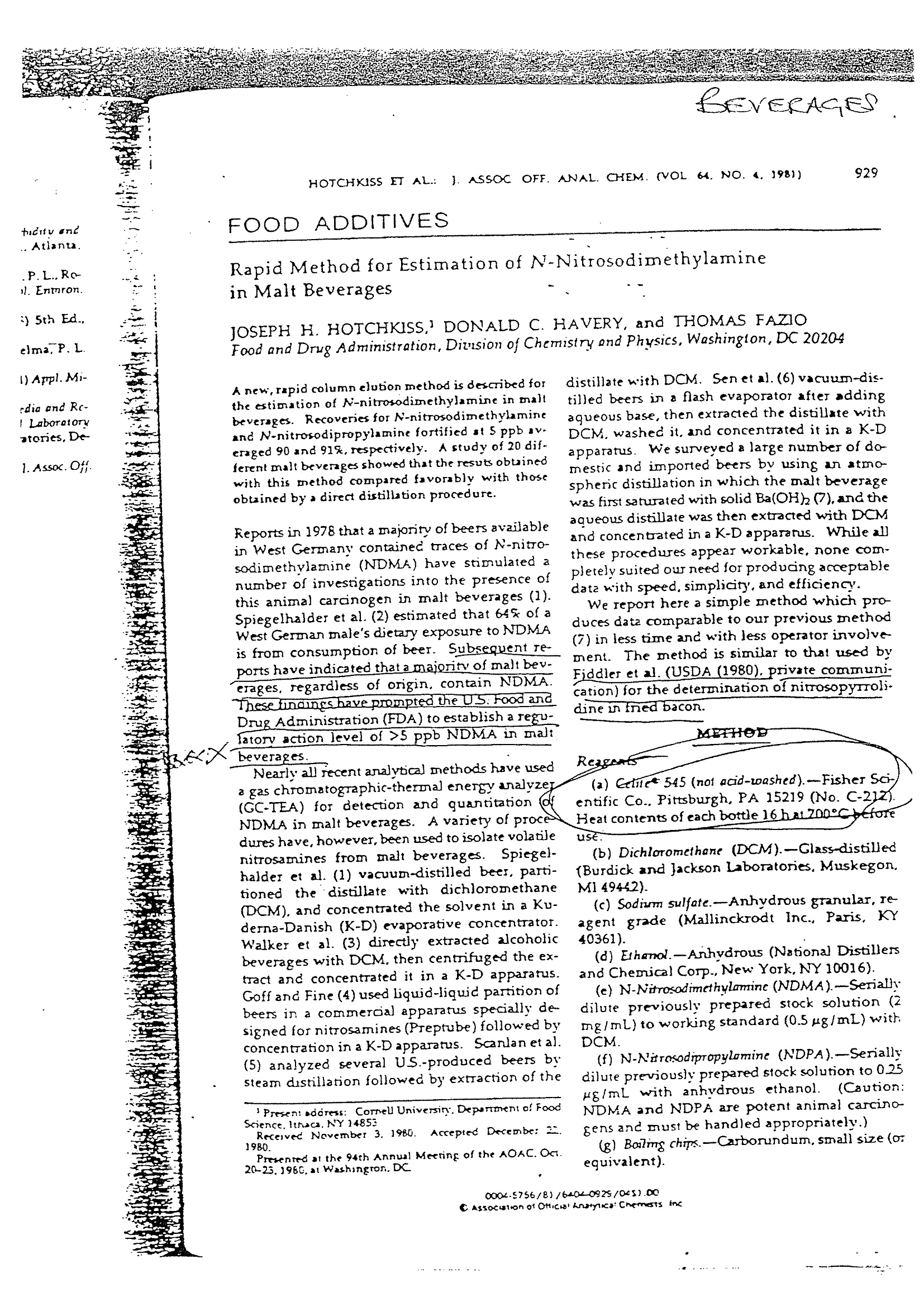
-
2/3

还剩1页未读,是否继续阅读?
继续免费阅读全文产品配置单
通用实验科技(中国)有限公司为您提供《食品中N-亚硝胺含量的调查》,该方案主要用于饮料/酒类中理化分析检测,参考标准《暂无》,《食品中N-亚硝胺含量的调查》用到的仪器有英国Ellutia氮化学发光检测器(NCD)、英国Ellutia亚硝胺检测器热能分析仪。
我要纠错
推荐专场
色谱检测器/蒸发光检测器/紫外检测器
更多相关方案


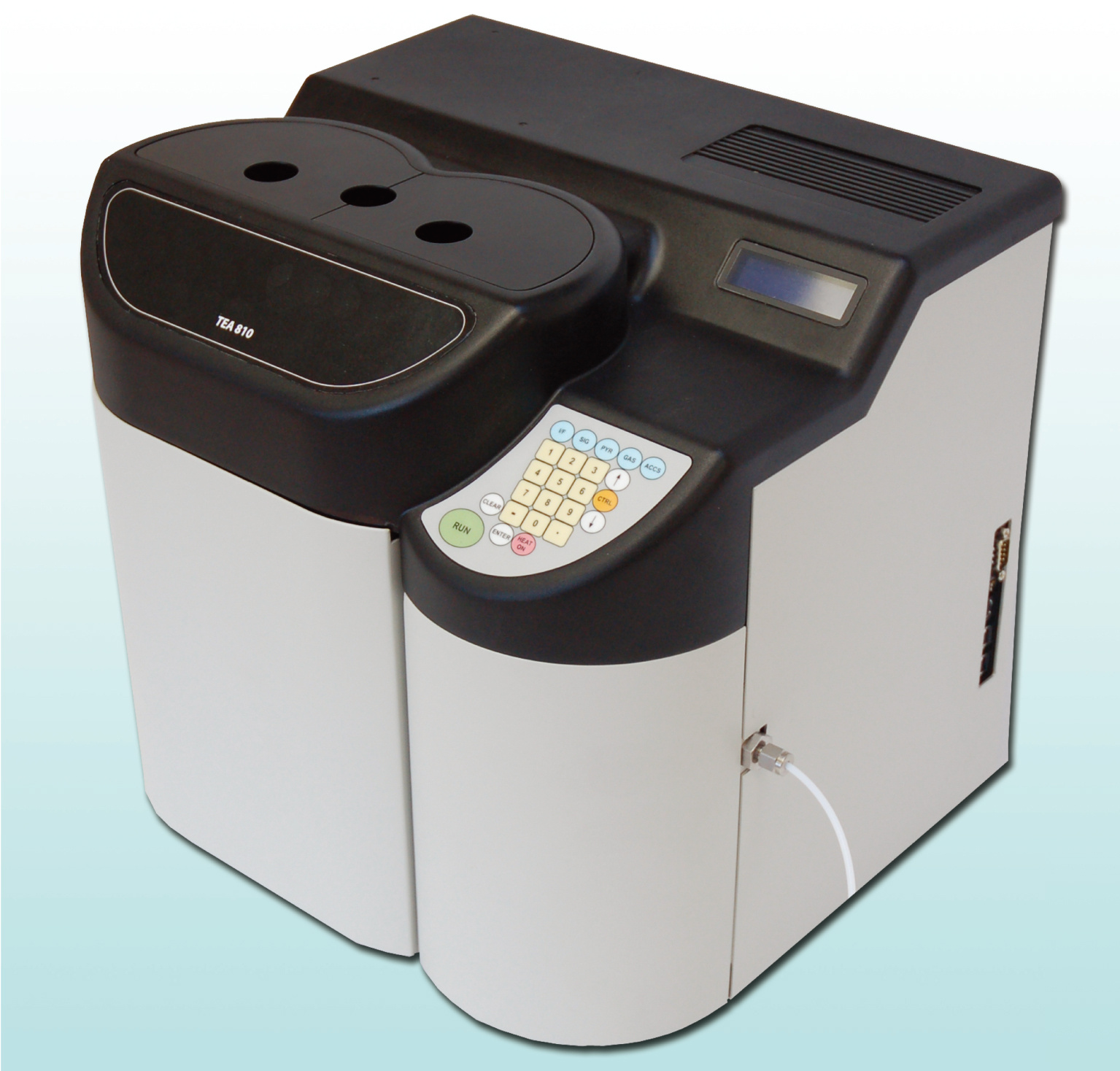
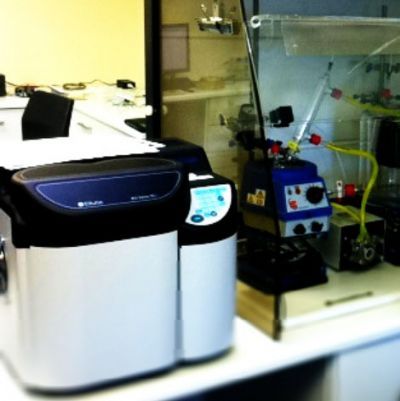
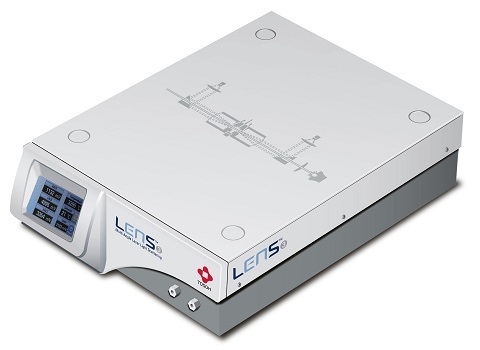

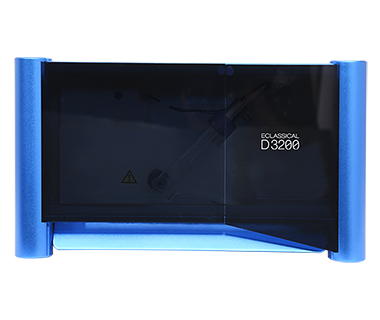
 咨询
咨询